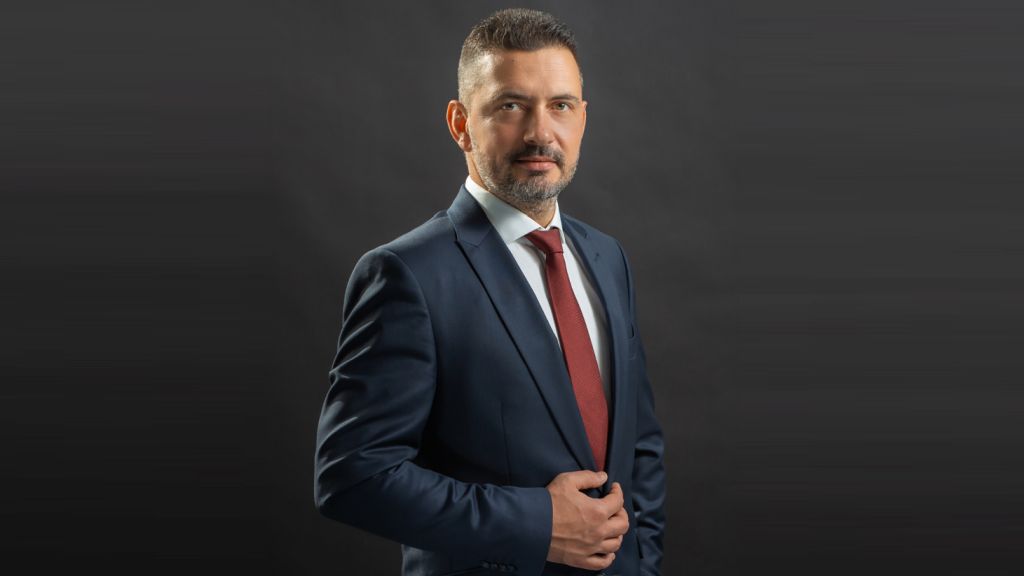Let’s have a look at what’s going on around Romania these days.
Let’s start with the good news. The Black Sea is ready to yield yet more oil and gas that Romania could partly make use of for many years to come. And there are some major players out there who vowed to spend billions to suck those hydrocarbons from the seabed beneath deep waters. Ah, yes, but they want to know Romania is going to make their effort worthwhile.
Then again, let’s look a bit at how things stand in countries surrounding Romania and beyond.
Looking south, we see a Bulgaria whose citizens have finally took to the streets in the tens of thousands to protest higher energy bills, having caused the government to resign. Yes, it’s the same Bulgaria that lured so many companies and investors to bring their money in due to lower taxes, including a lower income tax and VAT. No one knows for sure if Bulgaria will manage to keep energy bills low, while also preserve low taxation levels. And not knowing what lies ahead is not good news.
Further to the southwest lies Serbia. Serbia is not yet part of the EU although it wants to become a member. The problem though is that without EU and NATO in such a region it’s hard to know what lies ahead. And again, that’s not something investors like.
Now, here we are having arrived to Hungary, once among the best investment bets in eastern Europe. But Hungary these days behaves as if it wants to be part of the EU only on paper. Its government embarked on some very “original” practices that have estranged its political and economic relations with much of the rest of the democratic continent. Unfriendly rhetoric made public during appearances in EU institutions and actions such as cornering the former head of the independent central bank are not good signs for serious investors either.
Then there’s great Ukraine to the North. Some make good money in Ukraine. But then again, if we look at investing there while observing EU rules that don’t apply entirely in that country, we may find out that place is a bit too risky even for medium-term investments due to a lack of corporate governance practices.
And, finally, there comes tiny Moldova to the East, which fails to generate enough of a solid and sound political and economic background, thus sparking merely small circumstantial investment decisions. However, Moldova does have the advantage of sometimes being considered for energy projects that involve Ukraine and Romania, its largest neighbors.
Beyond Romania’s neighbors we have a Greece that investors are triple-careful about these days and a Cyprus that is shaking the confidence of too many.
Romania: between a glass half-empty or half-full
Imagine what if things in Romania would look just a bit better than in the neighboring countries! And if more predictability and accountability would be added…
But for now, no one in Romania and outside of the country knows for certain whether things are going to improve or worsen from the point of view of investor sentiment in the next year or so. The government says they will improve. But most governments say that at the beginning of their show. Truth is that the government thus far did not take any relevant measures to considerably boost the country’s attractiveness. It didn’t even say what it’s not going to do. True enough, one of the reasons is that it’s hard to do so in today’s global economic turmoil, when even top economists agree to disagree about the future.
Regardless of such an adverse climate, however, Romania needs to perform some massive changes in order to restore investor confidence and, most of all, credibility and predictability. The weird thing is that despite some of its neighbors, Romania even has the tools to do that but for some reason has too often failed to put them at work.
Thus far – actually since the mid ‘80s - Romania somehow managed to persuade the International Monetary Fund to accept new standby lending or precautionary agreements even though too many governments failed to take those agreements to an end; in other words, they borrowed the money without necessarily completing the economic and structural changes they pledged for. The country concluded two such agreements, having discontinued about nine of them, resulting in one of the highest numbers of incomplete accords the IMF has ever seen.
Given Romania’s new role as a member of the EU as well as the many obligations arising from it, relying solely on support from the IMF, the World Bank and the European Union simply doesn’t seem to do the trick anymore. The time has come for some real action, and fast. Romania needs to increase labor productivity, while also attract more investments. Large ones. Without those, there’ll soon be not enough money around to run the country, never mind about attaining the deficits, inflation rate and public debt levels that would allow it move closer to ERM II and further to the adoption of the euro. In fact, Romania has already started to experience a serious state pensions payment issue, while the public healthcare system is also running out of money.
Romania needs real money to pour in, not just loans that it could roll over. Well, that’s the problem. In a tense global economic environment like the one we’re all experiencing today, investors are triple careful and require, besides attractive yields, accountability and predictability. These two features build the much-needed credibility, and that’s the biggest investment any present or future Romanian government must perform from within.
From political squabbling to economic realities
We’ve seen and heard politicians explaining that some much-needed initiatives supposed to improve the economy have been made impossible due to political and electoral battles. We’ve seen and heard enough blaming of one political party against the other, as well as enough finger-pointing and whining of how hard it is to fix the errors of the previous governments.
Now the time has come for hard work. In terms of political will, all the ingredients are there, as Romania has for the first time since the early ‘90s, a coalition government backed by a parliamentary majority of about 60 percent. So politicians cannot blame it on lack of support anymore. Besides, the former governing party is having a hard time avoiding a major rupture these days, so there can be no fear about any early elections this time.
All that the new government has to do is work, work, work, to produce money while observing EU economic, democratic and political principles and boost the country’s attractiveness as a serious destination for medium- and long-term investments. And it even has the recipes to do so, ranging from much better tax collection, even without increasing taxation, to taking investments in energy, agriculture and major infrastructure projects seriously.
Everyone knows that, for example, Romania has an enormous agricultural potential that is being either misused or underused. Moreover, Romania needs to spend more than 10 billion euros to replace its power generation capacities with new ones, which will restore its energy competitiveness. It can do so by bringing in private investors to spend big money. Unfortunately, the only big news on this front has been an announcement by the government to soon slash the support scheme for renewable energy, which investors already see as a major setback.
Then again, everyone in Romania knows that previous governments have spent billions of euros but managed to complete only 200 kilometers of highway, whereas the country needs thousands of kilometers of new highways in order to become more competitive.
And almost everyone knows that Romania can take billions of euros for free from the EU on condition that it uses the money right and makes sure there is no corruption involved.
Well, but have these been happening? Unfortunately no. Of the nearly 20 billion euros of non-reimbursable funds that Romania was entitled to from the EU for the period between its accession in 2007 and 2013, it has only managed to draw only about 10 percent. Why? Either because it could not motivate its government clerks to work enough to deploy the needed absorption programs, or because too many of the programs it has started were contested by the EU due to various wrongdoings, corruption included.
Is it happening now? No, the new government has showed only very shy signs of improvement. Upon taking power, it vowed to attract half the entire amount in 2013 alone. Unfortunately, in two months of 2013 it absorbed no more than 141 million euros, a 0.7 percent increase from the end of 2012.
And there is one more thing any government must remember in Romania in the years to come: the country is losing its skilled workforce and brain power. The not so many very skilled Romanians who thus far avoided leaving the country for better pay and higher living standards elsewhere are simply losing patience at home. By the time Romania loses those few ones, it shall be too late to take the bull by its horns if there’ll be no one to look after it.
Important note: The opinions expressed in this article belong to the writer and do not involve, in any way, any institution, economic interest, political orientation or solicitation.





























